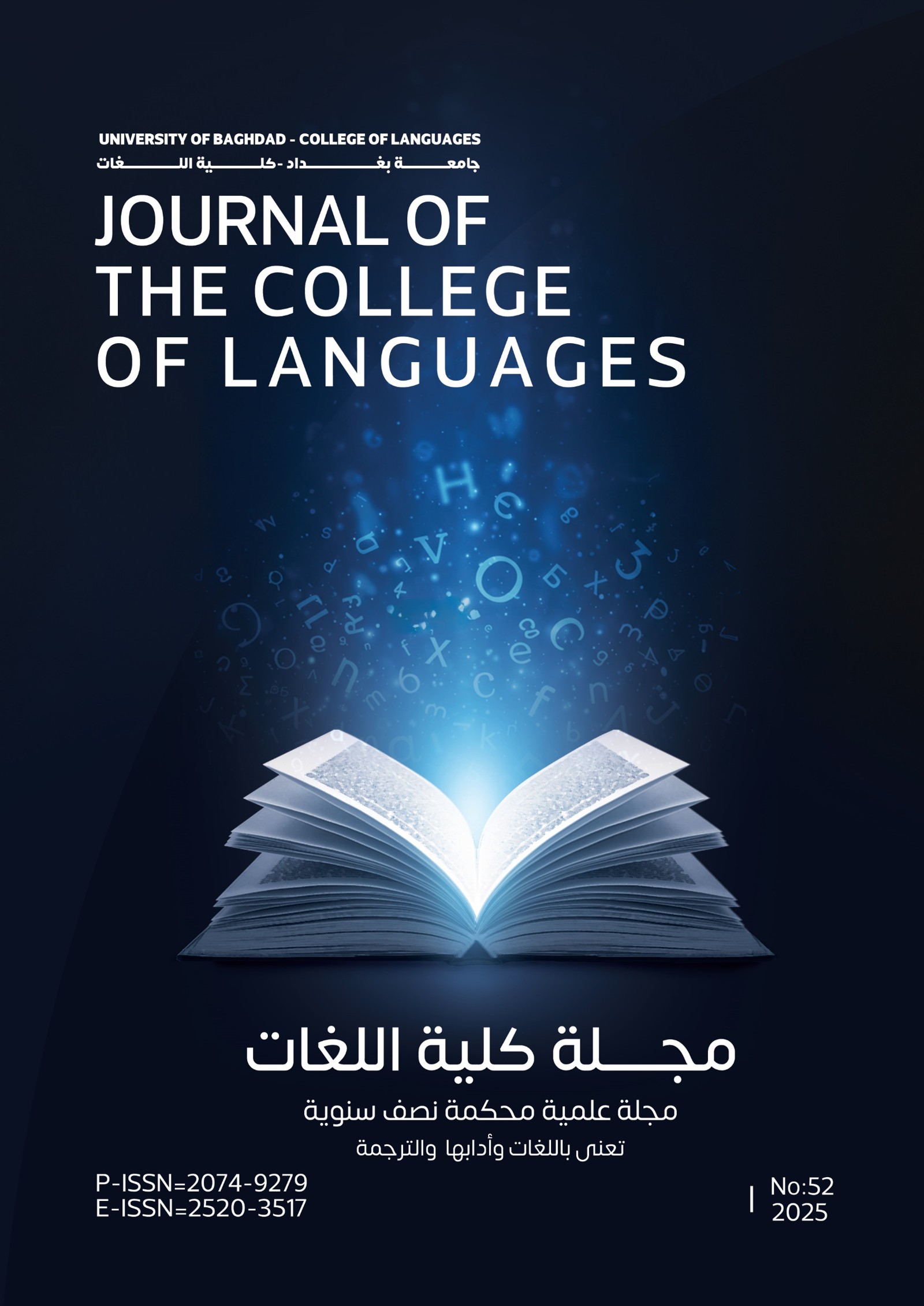Linguistic contast between bilateral and trilateral roots in Semitics languages (Arabic and Syriac as a model)
Keywords:
the biliteral roots , the triliteral roots , relation between the biliteral and triliteral roots , the Semitic roots . Our ancient lingual scholars, almost unanimously, agree that the inflect words are triliteral, quadrilateralAbstract
The present study investigates the relation between the biliteral and triliteral roots which is the introduction to comprehend the nature of the Semitic roots during its early stage of development being unconfirmed to a single pattern. The present research is not meant to decide on the question of the biliteral roots in the Semitic languages, rather it is meant to confirm the predominance of the triliteral roots on these languages which refers, partially, to analogy adopted by the majority of linguists. This tendency is frequently seen in the languages which incline to over generalize the triliteral phenomenon, i. e., to transfer the biliteral roots to the triliteral room, that is, to subject it to the predominant pattern regarding the roots.
Our ancient lingual scholars, almost unanimously, agree that the inflect words are triliteral, quadrilateral, or pentalitiral, except for opinions ascribed to some of them, particularly linguists of Kufa school. For the majority of the lingual scholars, "Al-Djumhur", inflict words relate back to those roots and cannot be outside them.
This research tends to shed some light on the problem of biliteral and triliteral in the Arabic roots, a problem hinted to by some linguists, tackled by others explicitly or implicitly, but by scattered remarks. No deep research has been conducted in this field in spite of the importance of this subject and its necessity for researchers and studies in Semitics. It is a prominent question for our language being the means for originality in morphology. It reveals the history of morphology, meaning development, advance of structure, and to remove clashes, conflict, disagreement, and diversity of meaning.







